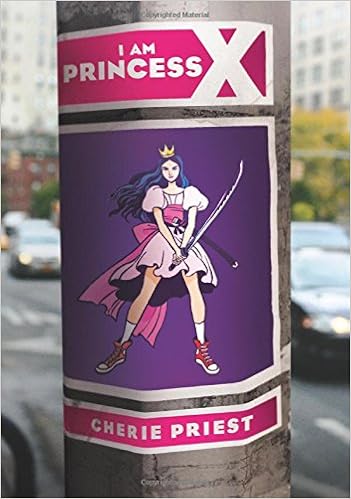I remember this lesson from speech class in my undergraduate years (must have been a similar curriculum to the Open University of Malaysia). I guess it stuck, because I recall repeating this message several times to students, in instances of behavior management ("It's not what you said, it's how you said it!") and when teaching writing ("Think of your audience!").
This topic has come to my serious attention twice in the last three weeks. In both instances, I was neither the speaker nor the receiver of the messages, but within close circles of those involved. In the interest of confidentiality, I won't name names or specific details...but I felt drawn to write about it.
The first instance involved text messaging. Wrought with drama in print but without vocal inflection to clarify, frustration with friends' squabbles got misinterpreted as a thinly veiled nod to self-injurious behavior. Lesson learned: be very careful texting, be very clear about what you're NOT saying...and be thankful for friends who support you and do the right thing even when the message they receive is (erroneously) scary.
The second instance was verbal. I was not privy to the conversation, but affected by the fallout. It was one of those situations in which both parties had points with which I agree. The message was one of outreach and hope, but some received it as a call to rebellion--an invitation they did not appreciate. And the lesson? Maybe it is to consider your audience...or maybe, a point was proven by standing one's ground. Either way, I hope the parties can continue their relationship and learn from one another.
Meanings misconstrued in serious ways...are we "getting" the messages? Where does the error lie--in the speaker or the listener? I'm sending out vibes for clear communication for my friends AND myself; I don't want to get into tangles like these anytime soon.
*"Introduction to Communication." Open University of Malaysia. Web. 19 Oct. 2015. <http://www.oum.edu.my/v3/download/OUMH1203.pdf>.


























